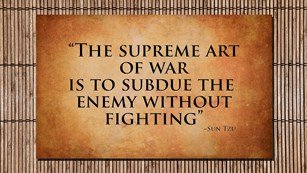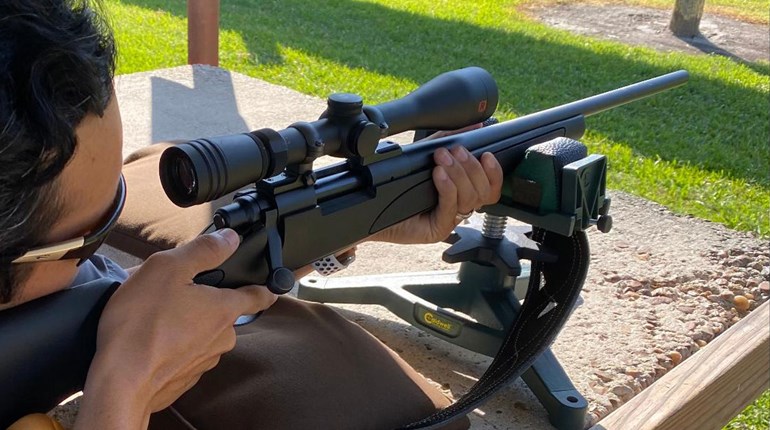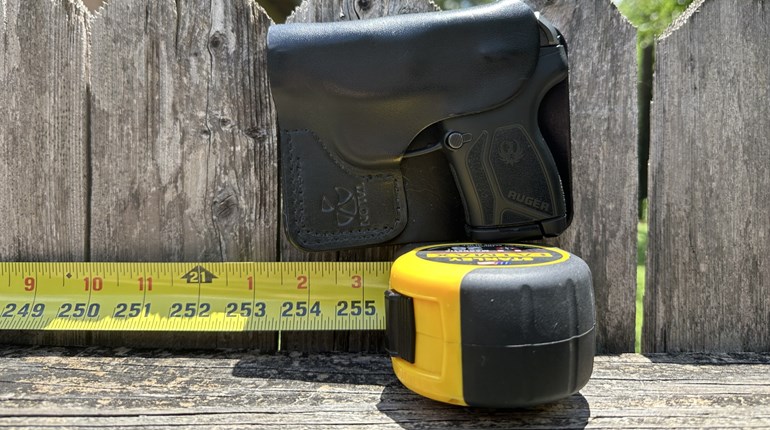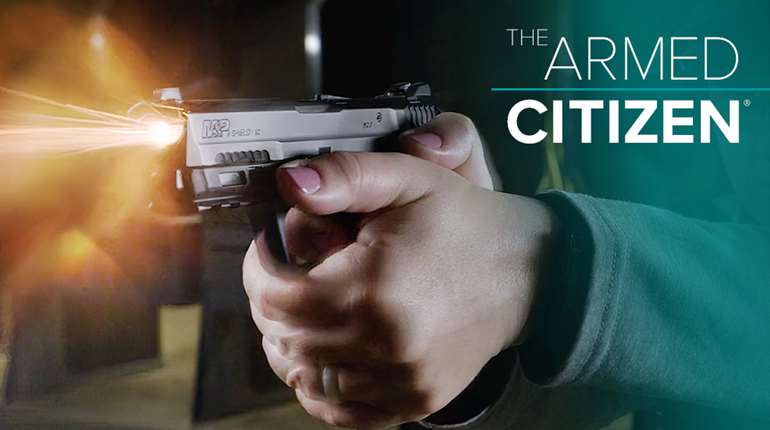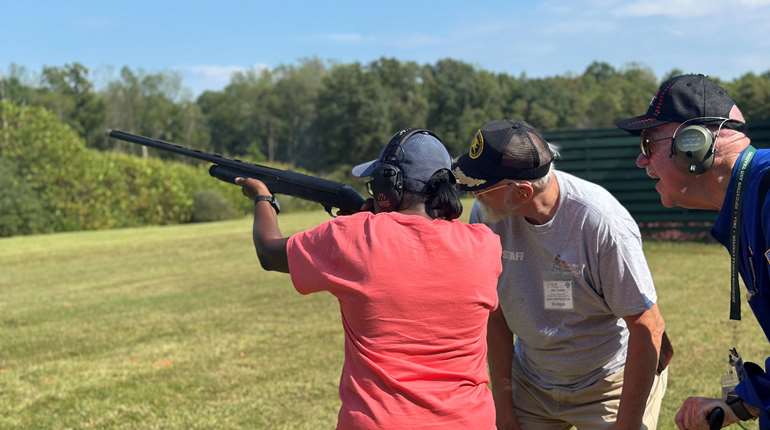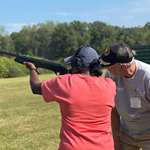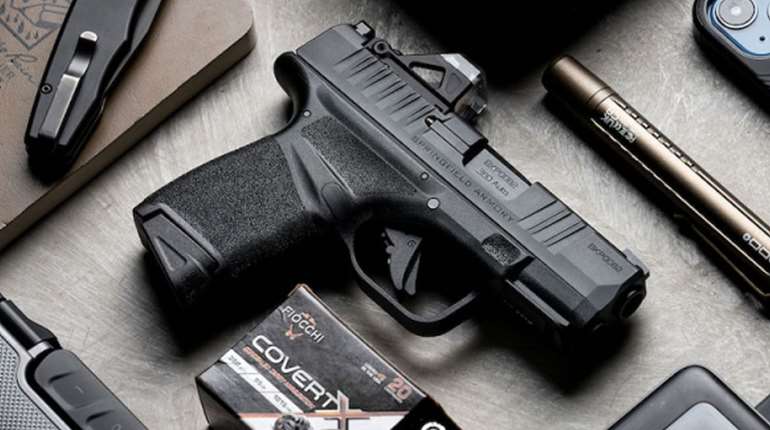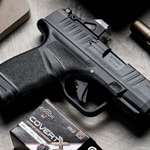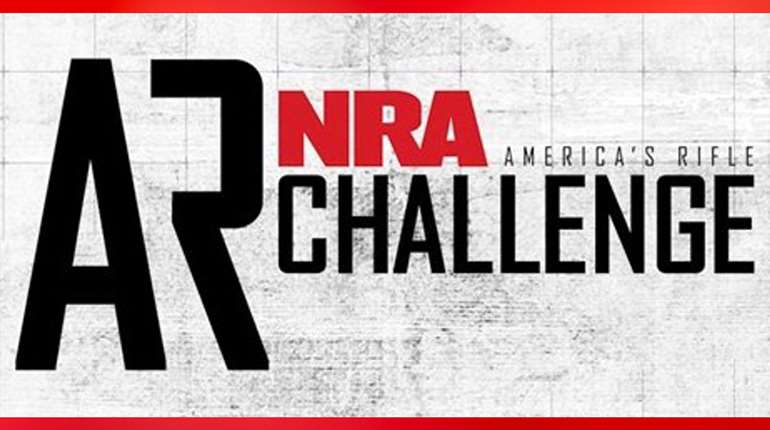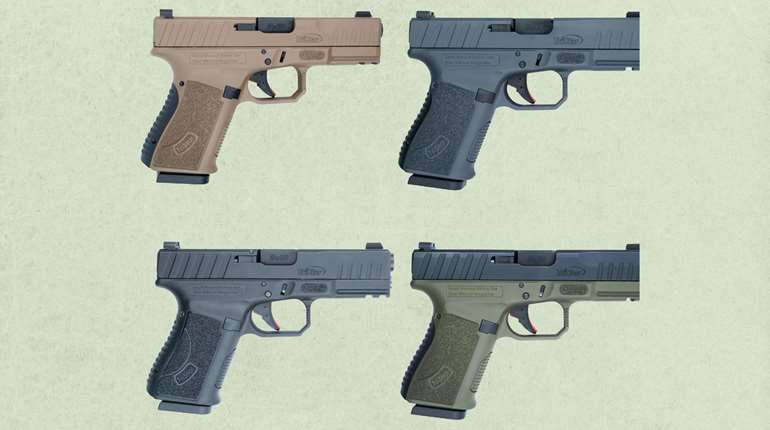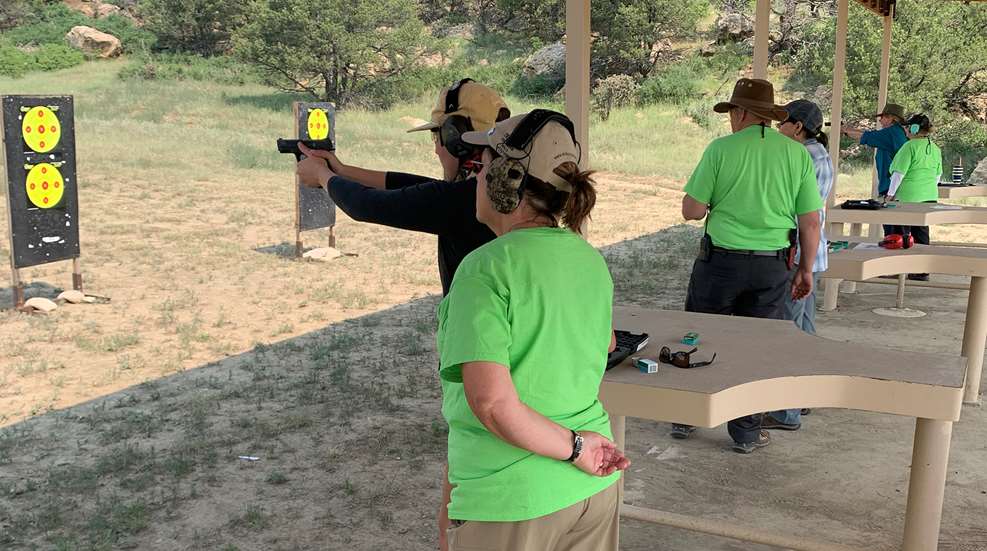
Firearm sales are continue to be brisk, with more people purchasing their first firearm—one third of them by women in 2021. Many are seeking formal training to learn the safe and responsible use of that firearm. As instructors, we only get one chance to make a good first impression. I strive to make that first contact with new gun owners a positive, memorable and impactful experience. As exciting as this first impression can be, it can take a hard left turn quickly!
The last thing we want to do is to overwhelm or intimidate a new firearm owner with too much information, or talk or train too high over their head. And we certainly don't want them to leave. With that in mind, here are six instructor stereotypes to avoid when conducting a beginning firearms class.
1. The Tactical Instructor
This instructor conducts his or her class in tactical gear. There is definitely a place for this gear, equipment and accessories if you are teaching a tactical class and have advertised your training as such. However, meeting new firearm owners for the first time is not the place to gear up. This can be a quick turn off for someone who knows nothing about firearms and is only seeking the introductory basics.
2. The Open Carry Instructor
Open carrying a firearm may be appropriate for advanced classes, but it can be very intimidating to a new gun owner. New gun owners may be anxious about their new purchase, and possibly nervous at the thought of taking a class on firearms. An instructor who is wearing a gun, visible on their belt in a holster, or one strapped to their thigh, may be very distracting to a novice student. A new student may be too focused on the firearm on your belt to hear what you are saying.

3. The “Patch Collector” Instructor
Yes, it is very impressive that you have spent many years and invested a lot of money to advance your firearm training, knowledge and credentials, gaining patches and certificates along the way. Although something to be proud of, these highly decorated shirts or vests may have an opposite effect when working with new firearm owners. I used to teach in a decorated instructor shirt, displaying my patches of credentials, until a few students told me they were intimidated by all the patches on my shirt. I now wear a simple “Instructor” T-shirt purchased from the NRA Store to make students feel more at ease.
4. The “All About Me” Instructor
We’ve all been there—sitting in a class, training or meeting where the speaker is more interested in sharing his or her personal stories rather than staying on topic. The reason someone signs up for training is to gain knowledge about a particular item or topic. A few relevant stories here and there may be appropriate during the lesson, but straying off topic and boasting personal stories is not. This is a huge turn-off, especially to a brand-new gun owner seeking knowledge about their new purchase. There is a distinction between an instructor sharing their credentials and credibility for speaking to the topic at-hand, versus standing on a platform and touting story after story.
5. The Graphic Instructor
I recently attended an event advertised to recruit new women gun owners. The classroom was filled with eager-to-learn ladies who were brand new to firearms. Before even discussing firearm safety or going over the basic gun parts, the instructor started telling these new gun owners why they needed to use hollow-point bullets, and described the physical damage they can cause. This was just the beginning of the “blood and gore” class. I knew from the looks on the faces of these ladies that they had already tuned out the instructor. Some of the women left after break time, and others commented, “I just don’t think this is for me.”
6. The Confusing Instructor
The terms we use matter. Instructors need to use the correct vocabulary when teaching. For example, avoid referring to cartridges as bullets or describing magazines as clips. Firearms have their own language. I was once talking about the different magnum revolvers and using the phrases “.357 Mag,” “.41 Mag.” and “.44 Mag.” A student raised his hand and asked what a “mag” was. I realized that I was abbreviating “magnum,” which was confusing my students. Instructors should also avoid using the word “weapon” when referring to a firearm with new gun owners, which may be very intimidating to someone in a basic firearms class.
If you are fortunate enough to help new firearm owners become familiar with their new purchase and comfortable on the range, it is important to remember one thing: Teach and train at their level. Remember how long it took you to get to the level you are with your firearms knowledge and handling. We want these brand-new gun owners to have a positive first experience, so they recruit more new gun owners to share the knowledge, skills and proper attitude!


